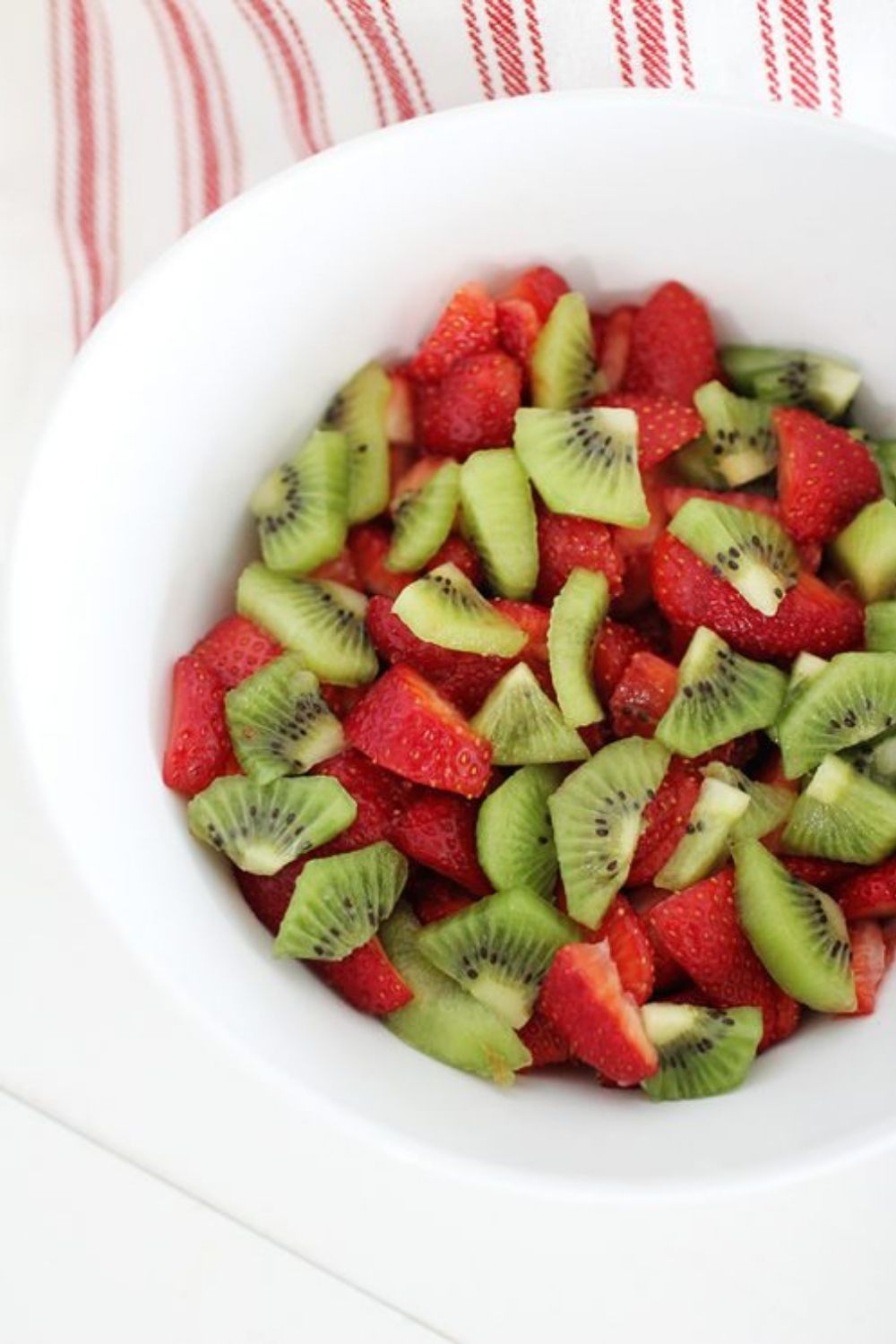Traditionally, pavlova is made with a French meringue (that is, one with sugar beaten into raw egg whites, then baked) that’s cooked in the oven for a long time, about an hour, at a very low temperature to dry it out. The exterior should be crisp and totally pale and the interior should have a fluffy, marshmallowy texture. The cooled meringue is then topped with whipped cream and fruit right before being served to your adoring fans. It’s light and sweet, and since it’s fruity, it feels a lot “healthier” than it really is.
Pavlovas can be portioned into single servings but can also be fashioned into meringue mountains. My six egg white pavlova, which is a scaled-up version of this recipe with some minor modifications,* serves 15 to 20. I love that I can make it for about a dollar a head and that I’m not locked into any one flavor profile—each pavlova component can be played with at will. And since I always seem to have egg whites lying around, pavlova is a handy way to use them up in bulk.
I’ve found regular sugar, as opposed to superfine sugar, works well on its own, and for a six egg white pavlova, two cups of heavy cream for whipping plenty.
Ready to pavlova? First read this excellent tutorial on beating egg whites, then see below for tips on making the most of your pavlova layers.





